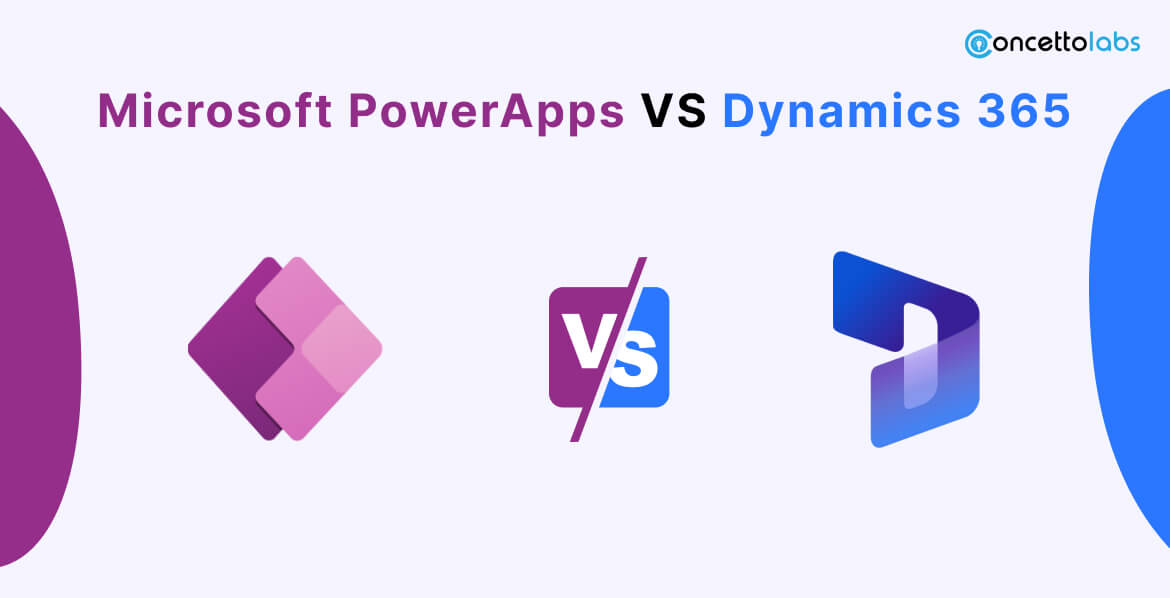
Summary: This blog compares Microsoft PowerApps and Dynamics 365 to help businesses choose the best for their growth. It analyzes their features, scalability, and customization capabilities. Whether prioritizing app development or comprehensive business solutions, the blog will help to make informed decisions based on specific requirements and goals.
The most recent software solutions have been developed and optimized for usage in the office to stay up with the constantly changing corporate environment. Because these tools are simple to use and do not require much technical knowledge, business owners can use them instinctively to enhance the business process. Business software and cutting-edge technology offer extensive features that give any owner of a business a competitive edge.
Dynamic 365 vs Microsoft PowerApps are two strong platforms that may assist in boosting productivity and streamlining their operations. Nonetheless, the two platforms are made for different purposes and have various functionalities.
What is PowerApps?
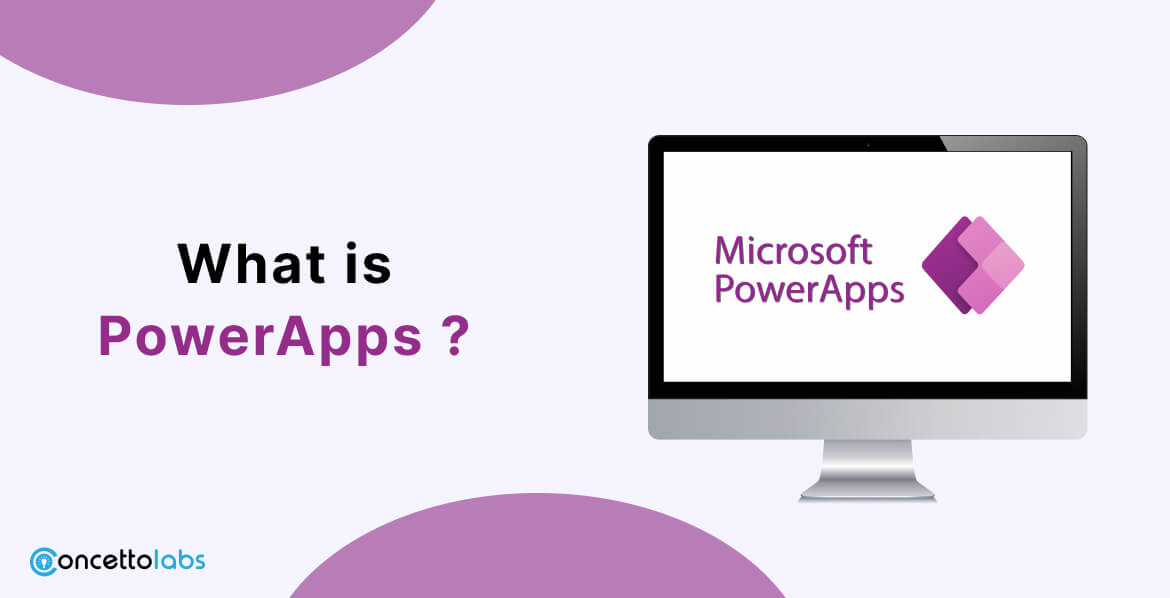
Businesses can easily and quickly construct custom applications using the Microsoft PowerApps platform. With its drag-and-drop interface and Microsoft Power Platform foundation, users can develop applications without knowing any code. Using PowerApps Development, companies can create custom applications that run on desktop computers, mobile devices, and web browsers.
Microsoft PowerApps Developers can also link to a variety of data sources, including on-premise systems and cloud services like Office 365 and Dynamics 365. Using these tools, one can automate corporate procedures, and develop unique line-of-business applications like employee portals, and inventory management systems.
Additionally, the PowerApps platform provides integration for task, process, and data visualization automation with other Microsoft services like Power Automate and Power BI.
| PROS | CONS |
| Customizable as per business requirements | Despite of being low-code, it can sometimes become more complicated |
| Excellent in concept proofs-which helps to develop business benefit | Every software will require maintenance, increasing overhead for IT personnel |
| Can quickly deploy basic applications | To create more programs, you will need to have experience with PowerApps, Power Automate, etc. |
| able to construct entirely from scratch to fulfill requirements | You must start from scratch every time. |
| Dynamics more expensive than licenses | You can get the desired result but you need to develop a functional component. |
The Two Applications of PowerApps Are: Canvas and Model-Driven
1. Canvas Applications
Canvas apps are made without the need for programming and use a PowerPoint-like drag-and-drop- interface. This makes it possible for an interface to be simple to use and gives consumers great control over how they interact with the system. These applications can link to both non-Microsoft (Dropbox, Twitter, etc.) and Microsoft (Sharepoint, SQL, etc.) data sources. They are made for particular, basic use cases, like filing an expenditure report.
2. Model-Driven Applications
Model-driven applications can only access data from the Common Data Service and are developed using the Dynamics 365 PowerApps framework. These applications are more appropriate for complicated scenarios involving multiple functions since they use the Unified Interface (UX).
What is Dynamic 365?
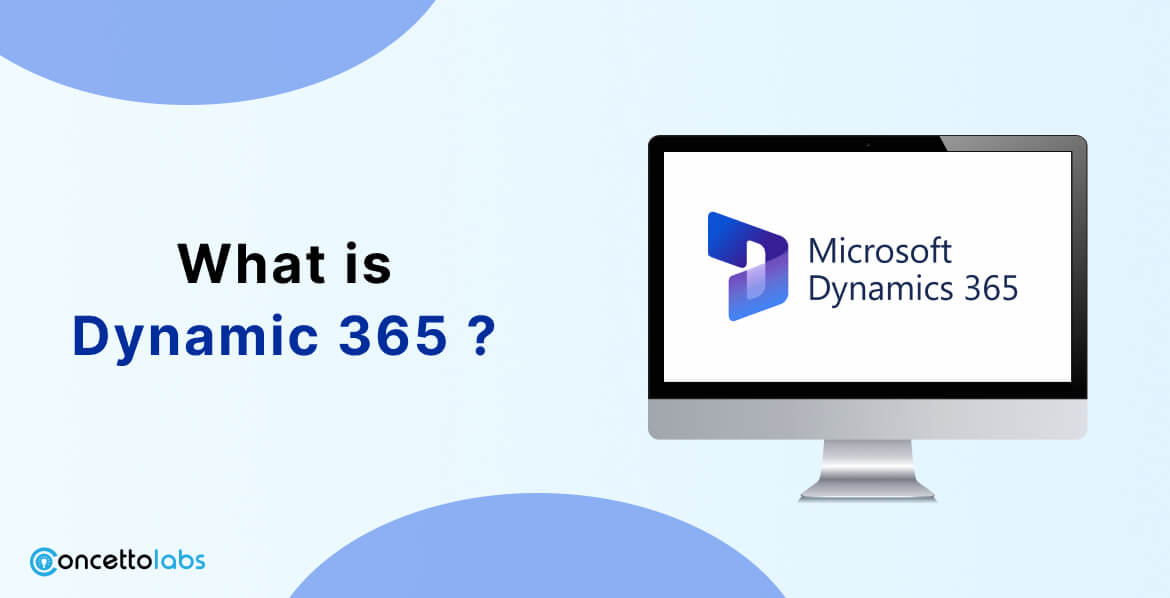
A combination of customer relationship management (CRM) and enterprise resource planning (ERP) application programs called Microsoft Dynamic 365 power platform aids companies in managing their operations and relationships with customers. Built on the Microsoft Dynamics 365 data architecture, which can handle massive volumes of data, Dynamic 365 development company is perfect for those that require to manage various client data.
Pre-built applications for handling various business activities are available in Dynamics 365. Dynamic 365 Sales, Dynamics 365 Marketing, Dynamic 365 Field Service, Dynamics 365 Finance and Operations, and Dynamics 365 Customer Service are examples of Dynamic 365 pre-built applications.
Data management, custom workflow creation, and business process automation are all possible with these applications. Moreover, Dynamic 365 apps provide a connection with Microsoft Power Automate, Microsoft Power BI, and PowerApps Microsoft 365, among other Microsoft services, to automate workflows, tasks, data visualization, and the development of bespoke applications.
Because of its desktop and mobile device compatibility, it is perfect for enterprises that require on-the-go application access.
Enterprise-level companies usually utilize Dynamics 365 since it is a more complete enterprise solution than PowerApps.
Features of Dynamic 365
- Complementary Cloud Computing
- Regular updates to the software
- Being able to access a single database
- Data formats that are standardized and data interoperability
- Increased security of data
- The Artificial Intelligence capabilities of Cortana and Power BI
- Choice add-ons and Office 365 integration advanced feature-rich ERP and CRM solutions.
- Shrewd data exchange.
- Using AI tools for automation and analytics.
| PROS | CONS |
| Similar UI Throughout | Licenses are more expensive than Power App licenses. |
| Many functionalities are required to develop business processes in an app | Some applications are self-explanatory apps |
| There are various box functionalities that are not available on the power platform | You will need to pay for Dynamics 365 although you are using the base application the cost of adding the other app will be reduced. |
| It is possible to build more complex processes using out-of-the-box functionality |
Dynamics 365 vs Power Apps
Among these technologies, Microsoft Power Platform vs Dynamics 365 is at the forefront. Both of these programs include cloud computing features that allow developers to share real-time data, work together more efficiently, and access a centralized database from any location universally.
No matter how great these technologies seem, expanding businesses must contend with financial constraints, so you can just spend money on everything. If a business owner does not make wise judgments when it comes to investing, the company will not be able to finance its daily operations and will not survive to check the profits.
As a means of education, we will contrast Dynamics 365 with PowerApps, offering all the relevant details to enable you to make informed decisions.
Final Thoughts
Dynamics 365 and Microsoft PowerApps both have a wealth of features and functionalities, but their intended uses are distinct. Businesses that require a more capable corporate solution and can manage substantial volumes of client data should consider Dynamics 365, whereas companies that want to swiftly and simply develop unique line-of-business applications should consider PowerApps.
Concettolabs, a PowerApps development company, are Microsoft specialists with an in-depth understanding of all the things. To recommend the ideal platform for your requirements, we will be able to discuss your business requirements with you and gain a thorough understanding of your company.


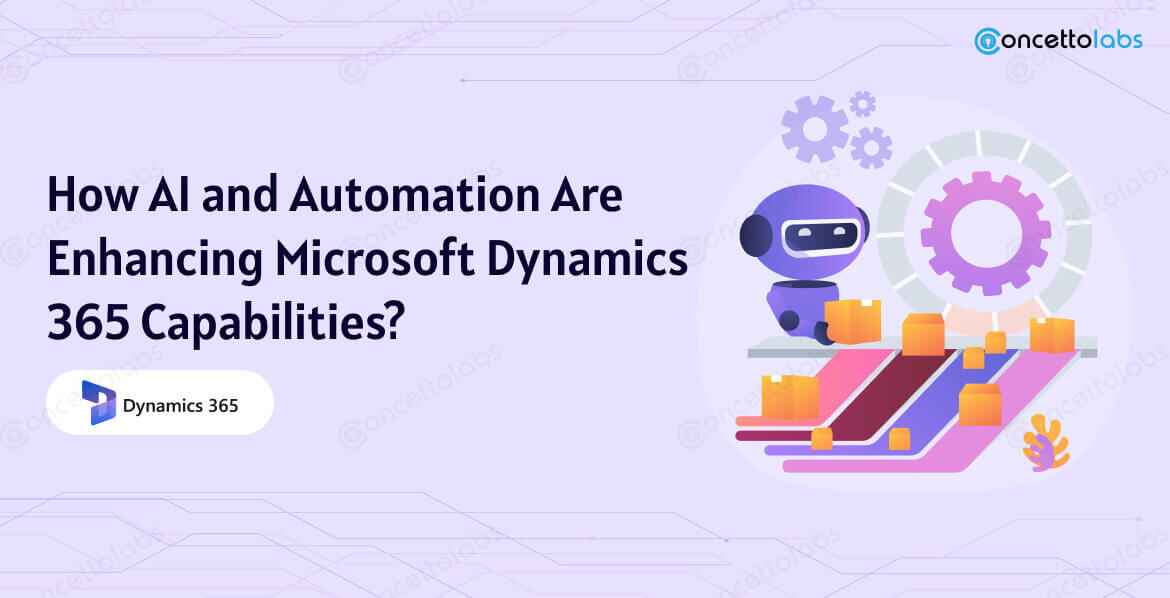
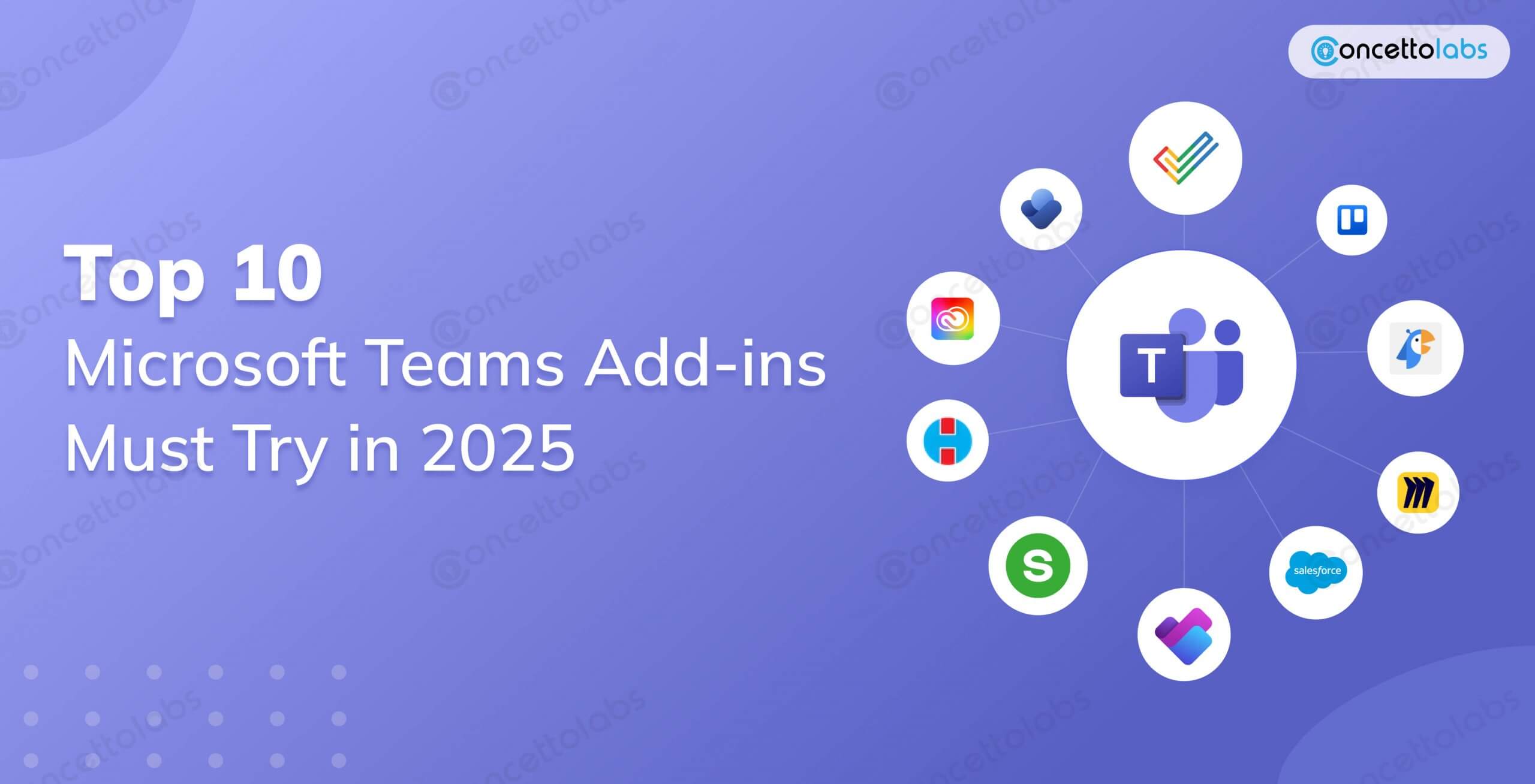





 Indonesia
Indonesia
 Botswana
Botswana
 USA
USA
 Italy
Italy
 Panama
Panama









 USA
USA UK
UK Saudi Arabia
Saudi Arabia Norway
Norway India
India Australia
Australia